In Artinis NIRS blog, you will find the latest trends in (f)NIRS, NIRS studies and applications, tutor from the leaders of near infrared spectroscopy, not to mention detailed insights and tips and tricks for your research!
Search blog post topic

Supported NIRS devices for our elevated OxySoft 4.0
We are proud of the enhanced performance of our recently released NIRS monitoring software. In this blog post, we explain, which of our devices are supported in OxySoft 4.0 and higher.
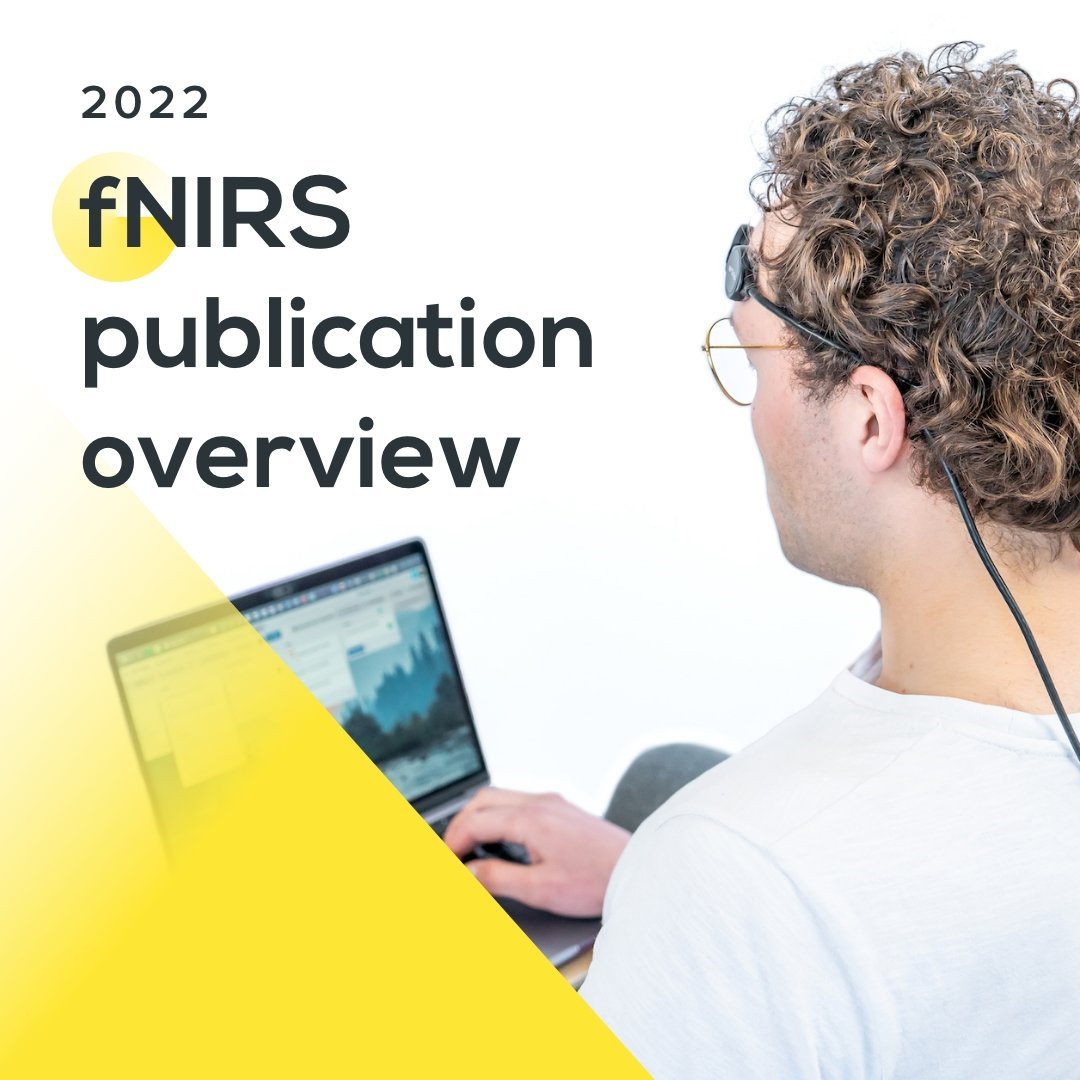
Publication Overview with our NIRS devices in 2022 – Brain
We are proud that several papers using our (f)NIRS devices to measure brain activation from different cortical areas and in various application fields were published in 2022. Read this blogpost to get an overview of application areas (f)NIRS can be used in, and which devices can be applied. Also, find highlighted publications per category that were performed with our devices in 2022.
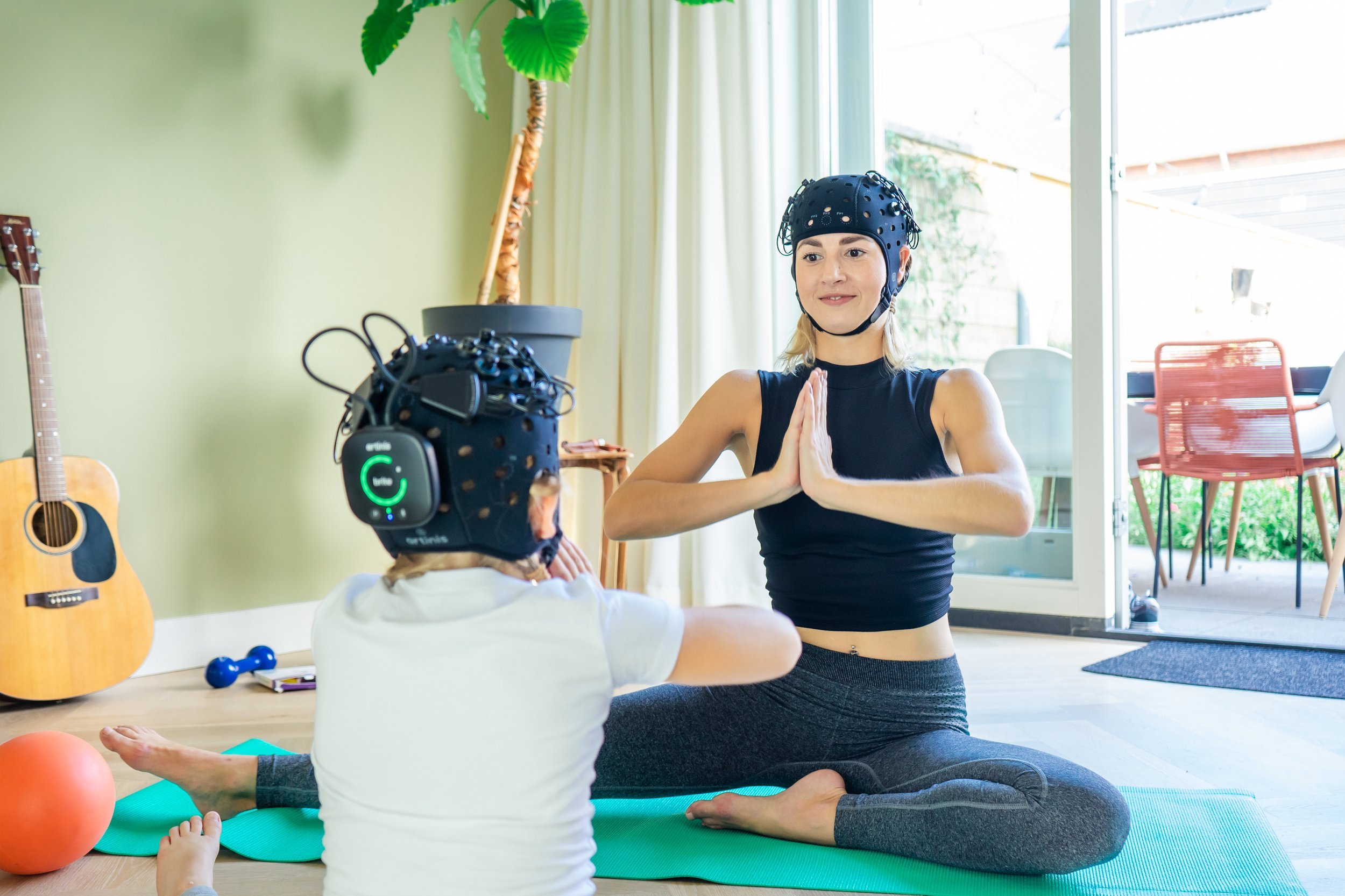
The use of Inertial Measurement Unit (IMU) to detect motion artifacts
Due to its portability, NIRS and fNIRS devices are often used to measure brain and muscle activity during studies that involve movement. To detect motion artifacts that might occur during these experiments, some of our devices, for instance, Brite and PortaLite MKII, incorporate an inertial measurement unit (IMU). Read this blog post, to learn more about the technology behind IMU and how it is used to detect motion artifacts.
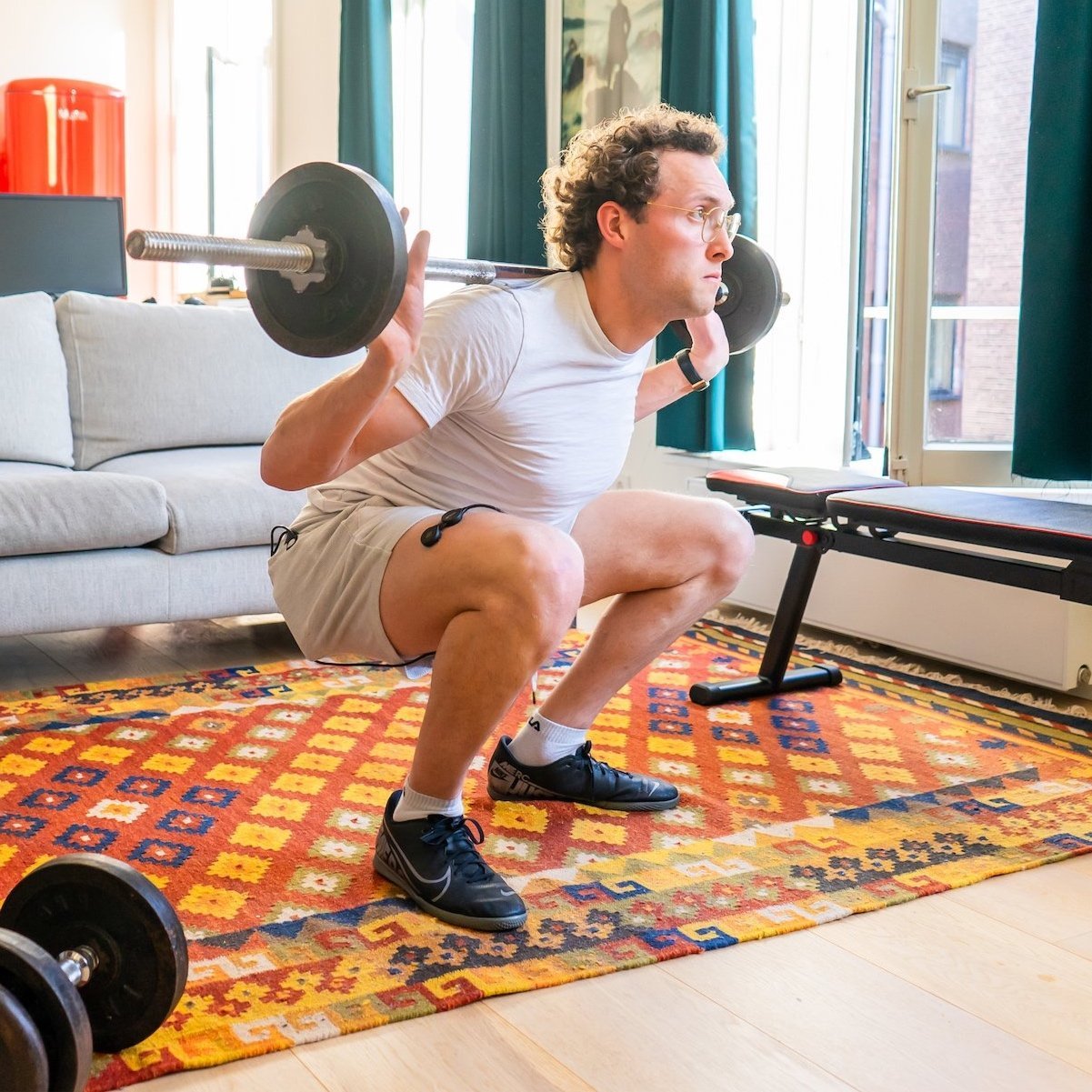
Tissue Saturation Index (TSI) - Absolute oxygenation measure in local tissues
Tissue Saturation Index (TSI) is an absolute measure for the local tissue oxygenation in tissue beneath the sensor. To obtain TSI, a technique called Spatial Resolved Spectroscopy (SRS) is used. TSI can be measured in both brain and muscle. Some of our devices provide the possibility to acquire absolute TSI, next to relative concentration changes in oxy- and deoxygenated hemoglobin. Learn more about the TSI and how to correctly use it in this blogpost.
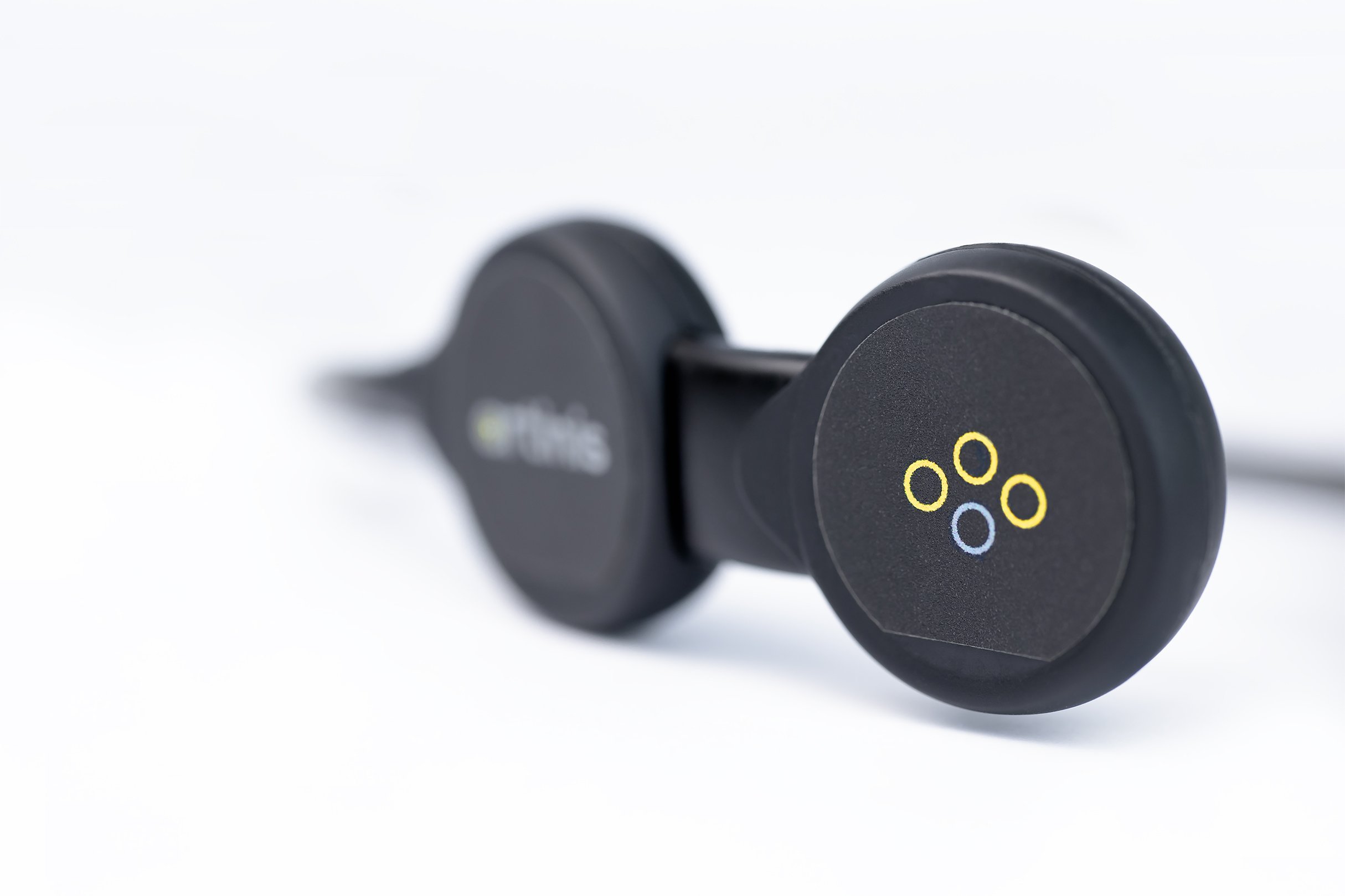
Measuring brain and muscle oxygenation simultaneously using only one device
Interest and importance of simultaneously measuring brain and muscle oxygenation is increasing in various research fields. Our new device, the PortaLite MKII assessment of oxygenation of different tissues and locations by using only one device. Read more about the PortaLite MKII, application possibilities, and features in this blog post.

The PROHEALTH Project – Investigating orthostatic hypotension in elderly by performing continuous NIRS measurements in a home-based setting
Orthostatic hypotension is a form of low blood pressure that is characterized by drops in blood pressure when standing up from a lying or sitting position and frequently occurs in elderly subjects. The PROHEALTH project aims to implement home-based and continuous Near-Infrared-Spectroscopy (NIRS) measurements to detect orthostatic hypotension using the PortaLite (MKII). Read this blog post more about the PROHEALTH project and which targets are followed to reach the goal.
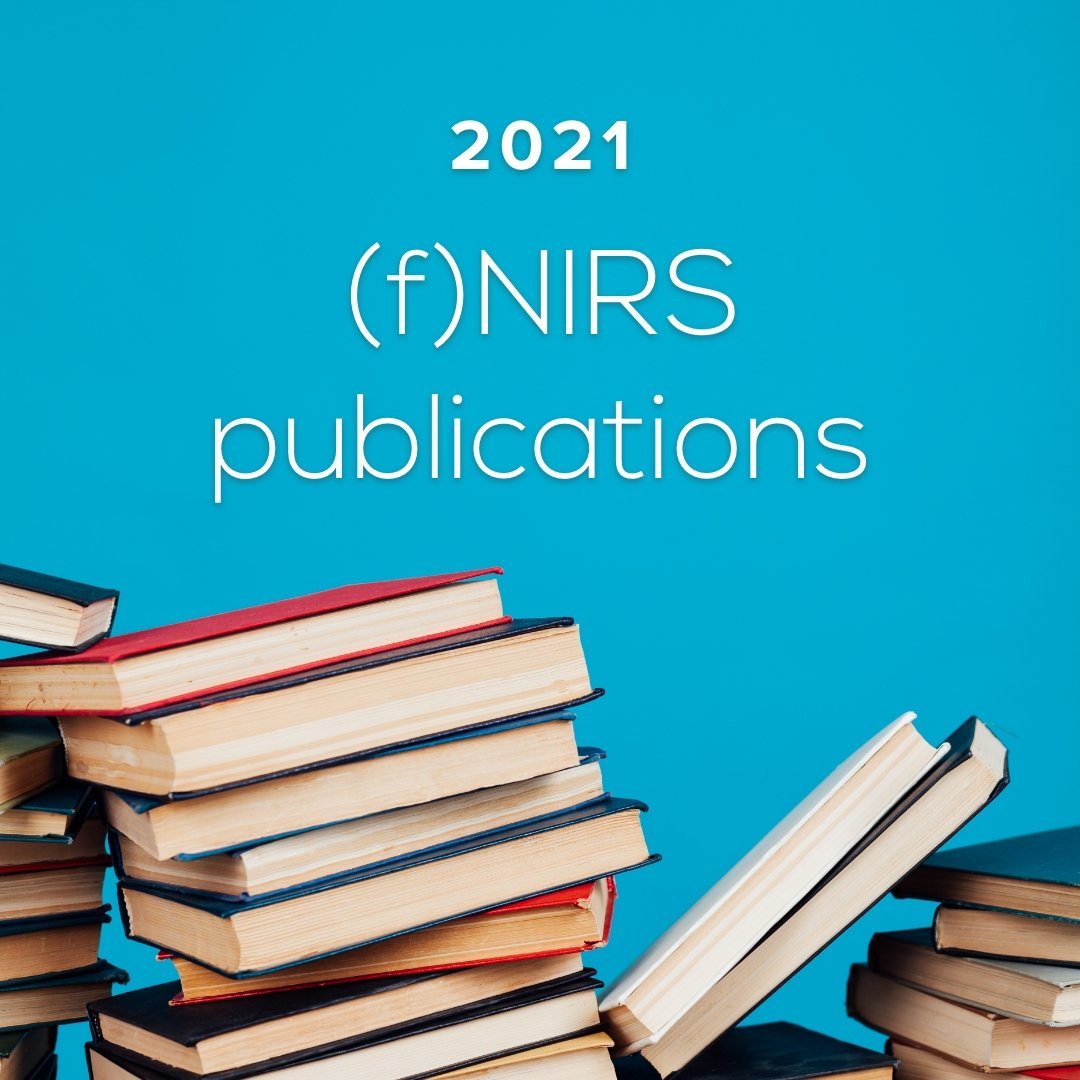
2021 Publication overview with Artinis Near-Infrared Spectroscopy (NIRS) devices
More than 110 papers using our (f)NIRS devices in neuro- and sports science areas were submitted last year. This blog post gives an overview of all papers published in 2021 using Artinis (f)NIRS devices for different application fields/categories, including cortical brain research, sport science, clinical and rehabilitation, hypoxia research, hyperscanning and multimodality.
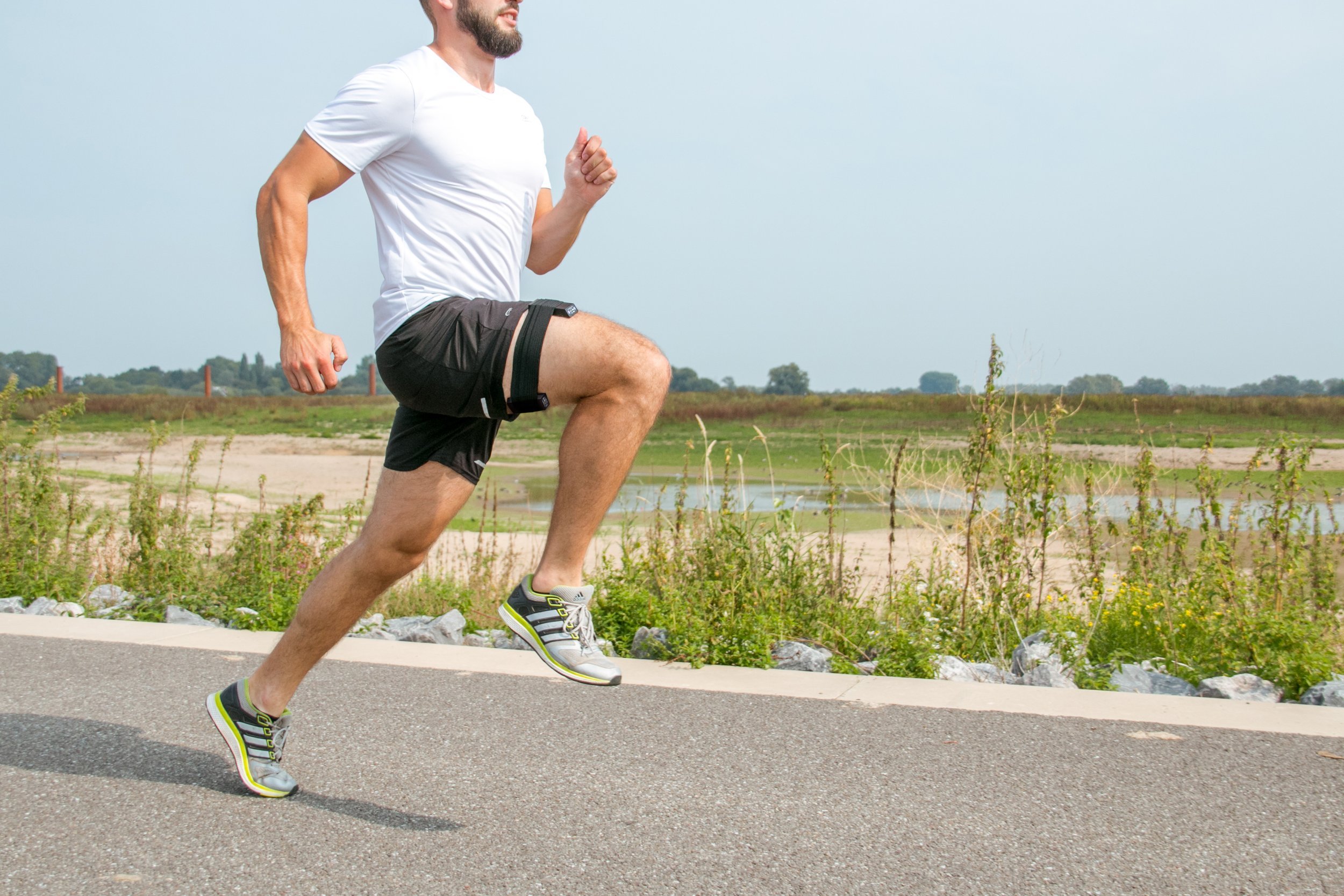
Set up the PortaMon in 6 steps - NIRS device for muscle oxygenation measurements
With the PortaMon, it is possible to perform both online measurements easily through Bluetooth connection, as well as offline measurements over a larger distance, as data can be stored on the device and downloaded afterward. Watch our newest video and discover how to correctly set up the PortaMon in only six easy steps!
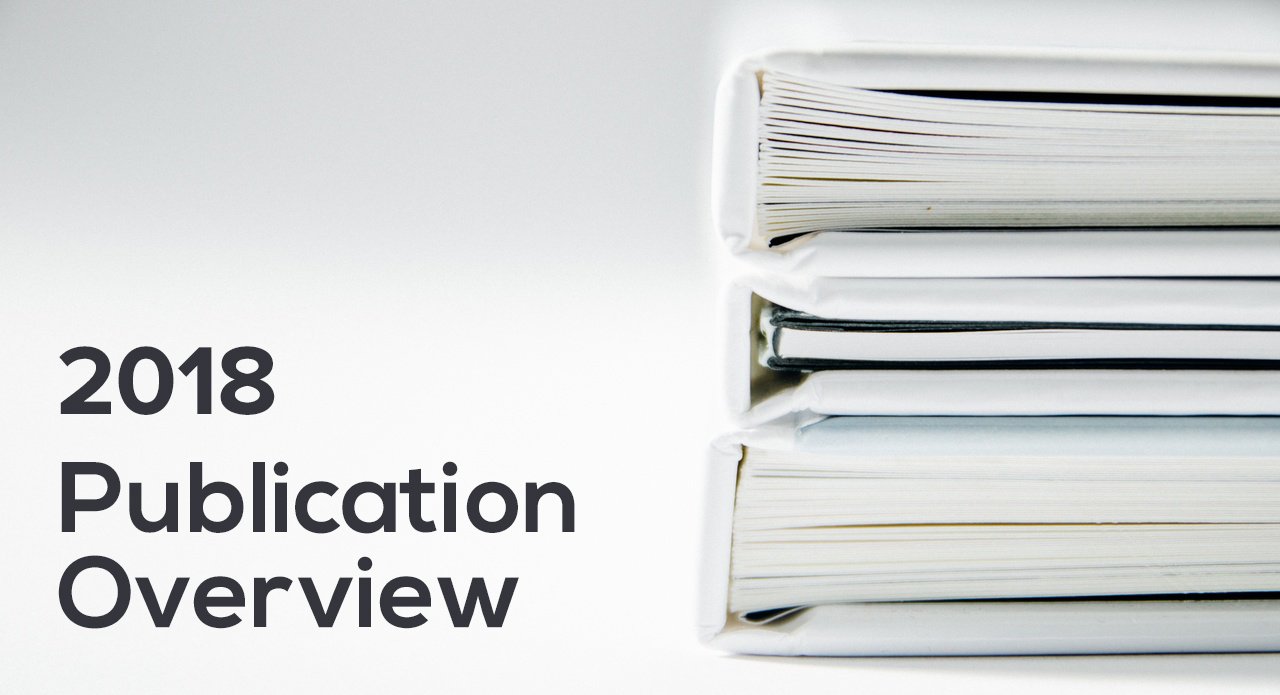
Publication overview 2018
A special thanks to our customers who published so many articles with our (f)NIRS devices and we hope you will keep on publishing in the future!
